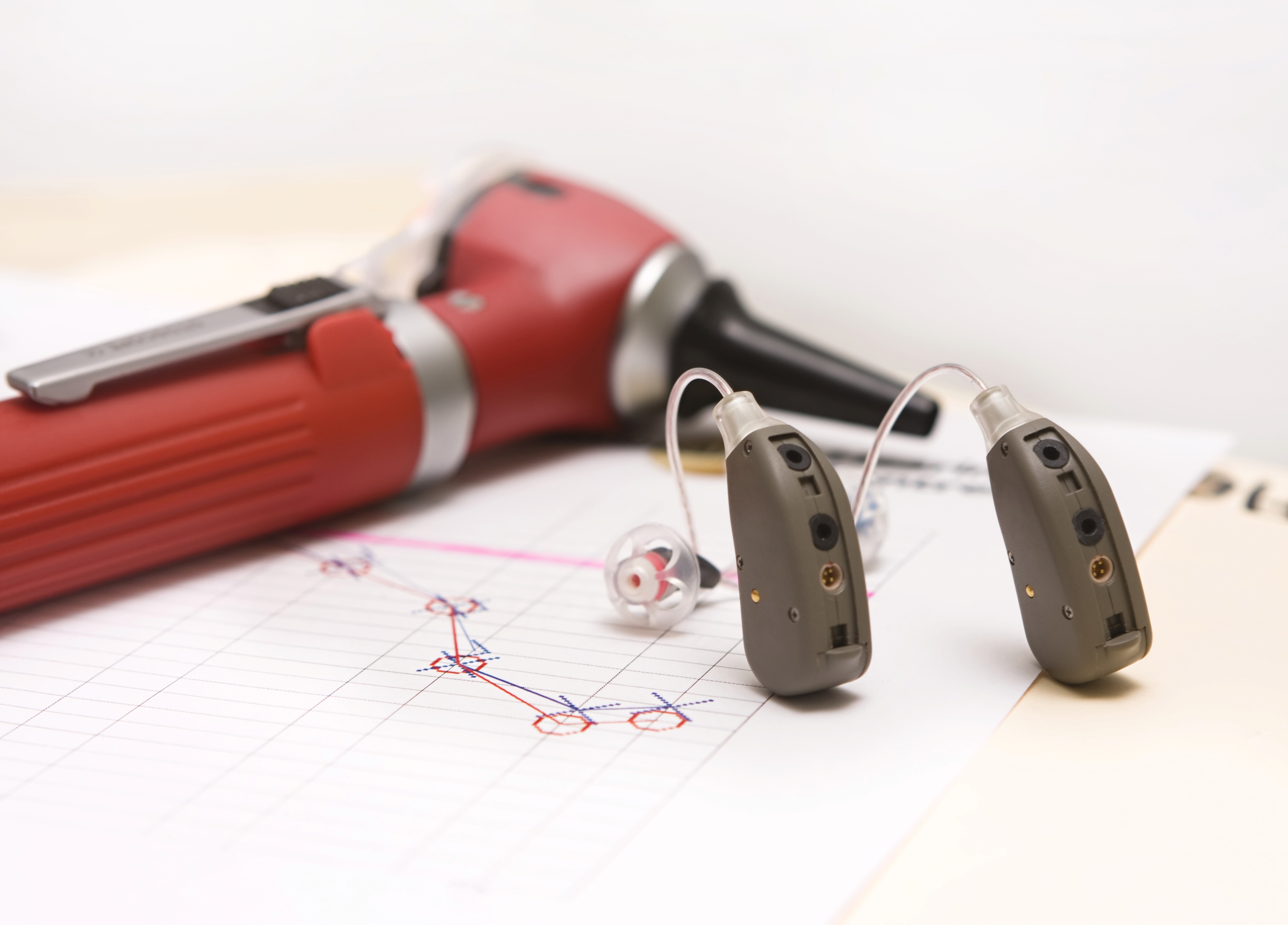
You have most likely watched the commercials. The ones advertising PSAPs, or personal sound amplification products, ensuring an improvement to hearing for as little as 20 dollars. It sounds like a excellent deal—especially in comparison to the hefty selling price of a hearing aid.
In reality, it’s not so much a great deal as it is shrewd marketing. The ads do their best to conceal some crucial information while concentrating on carefully chosen talking points.
But the question remains: why would you choose to shell out more money on a hearing aid when less costly PSAPs are readily available? Here are five reasons.
1. PSAPs are not FDA-regulated medical devices
Listen carefully to the PSAP advertisements. You’ll hear all about “boosts” to hearing but never about actually treating hearing loss. The reason: PSAPs are not FDA-regulated medical devices and can’t be utilized to treat any medical ailment, including hearing loss. PSAPs are simply recreational devices meant to provide advantages to those who can already hear normally.
Making use of a PSAP to manage hearing loss is like using a pair of reading glasses to treat near and far-sighted vision impairment. Hearing aids, on the other hand, are FDA-regulated medical devices that can effectively treat hearing loss.
2. PSAPs are not programmable
Hearing aids may not look very impressive on the outside, but inside they contain state-of-the-art digital technology that can slice up, store, adjust, and control any type of sound. Hearing aids can additionally make adjustments for pitch and volume so that amplification complements the patient’s hearing loss precisely.
A PSAP, by comparison, is a one-size-fits-all electronic device that amplifies soft sounds. Since everyone’s hearing loss is slightly different, PSAPs won’t amplify the correct frequencies. Instead, PSAPs will amplify all sound, producing distortion in noisy conditions.
3. PSAPs can’t enhance speech recognition
Speech sounds are special in that they are principally represented in the higher frequencies, specifically in comparison to background sound. Seeing that digital hearing aids can identify variations in sound frequency, hearing aids can amplify speech while suppressing background noise. PSAPs, for the most part, do not have this function.
4. PSAPs could cost you more in the end
To begin with, hearing loss is occasionally brought on by factors that do not require hearing amplification at all. If, for instance, earwax buildup is causing your hearing loss, an easy professional cleaning can restore your hearing within a matter of minutes—and without a cent spent on any amplification devices.
Second, sometimes more serious medical ailments can cause hearing loss, so you’ll want a professional assessment to rule this out. Considering that you can buy a PSAP without any communication with any healthcare specialists, you could be placing yourself in real danger.
Third, if you do have noise-induced or age-related hearing loss, a PSAP will not function the way you would need it to. You’ll probably purchase a hearing aid at some point anyway, so you might as well forego the extra cost of the PSAP.
And last, contrary to hearing aids, there is no mandatory trial period for PSAPs. If you buy one and it doesn’t work, there’s no legal guarantee that you’ll recuperate your money.
5. PSAPs lack the functionality of a hearing aid
PSAPs, like we noted, are simple amplification devices stripped-down of any advanced functionality. Hearing aids, on the other hand, can enhance speech, minimize background noise, and adapt to different environments. Some hearing aid models can even wirelessly stream phone calls and music, and some can be controlled with smartphones and watches.
The choice is yours
PSAPs do have their uses. If you have healthy hearing, PSAPs are perfect for things like bird watching and eavesdropping on conversations, if that’s your sort of thing.
But for hearing loss, don’t settle for less than you deserve. Your hearing, and the relationships that depend on it, are too important.

